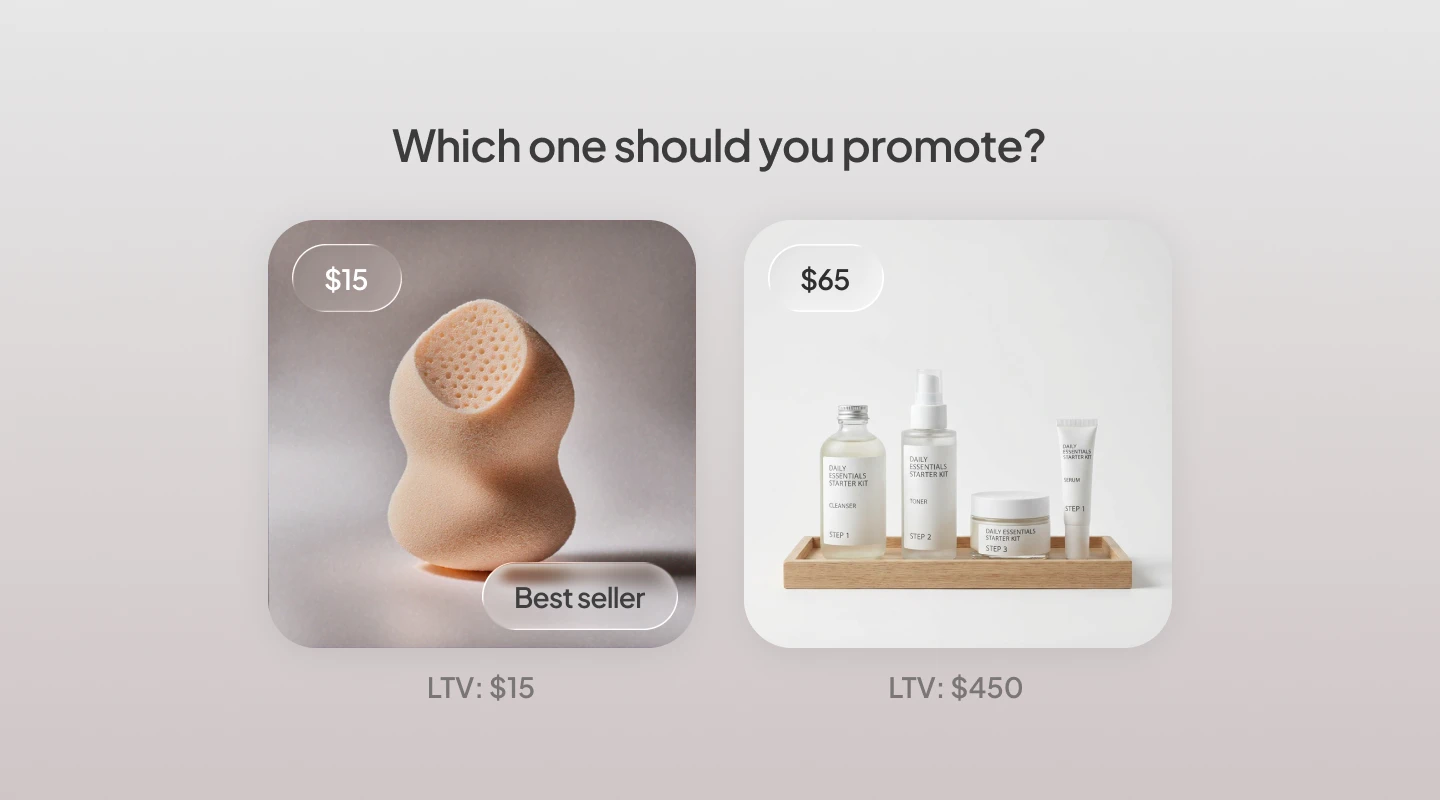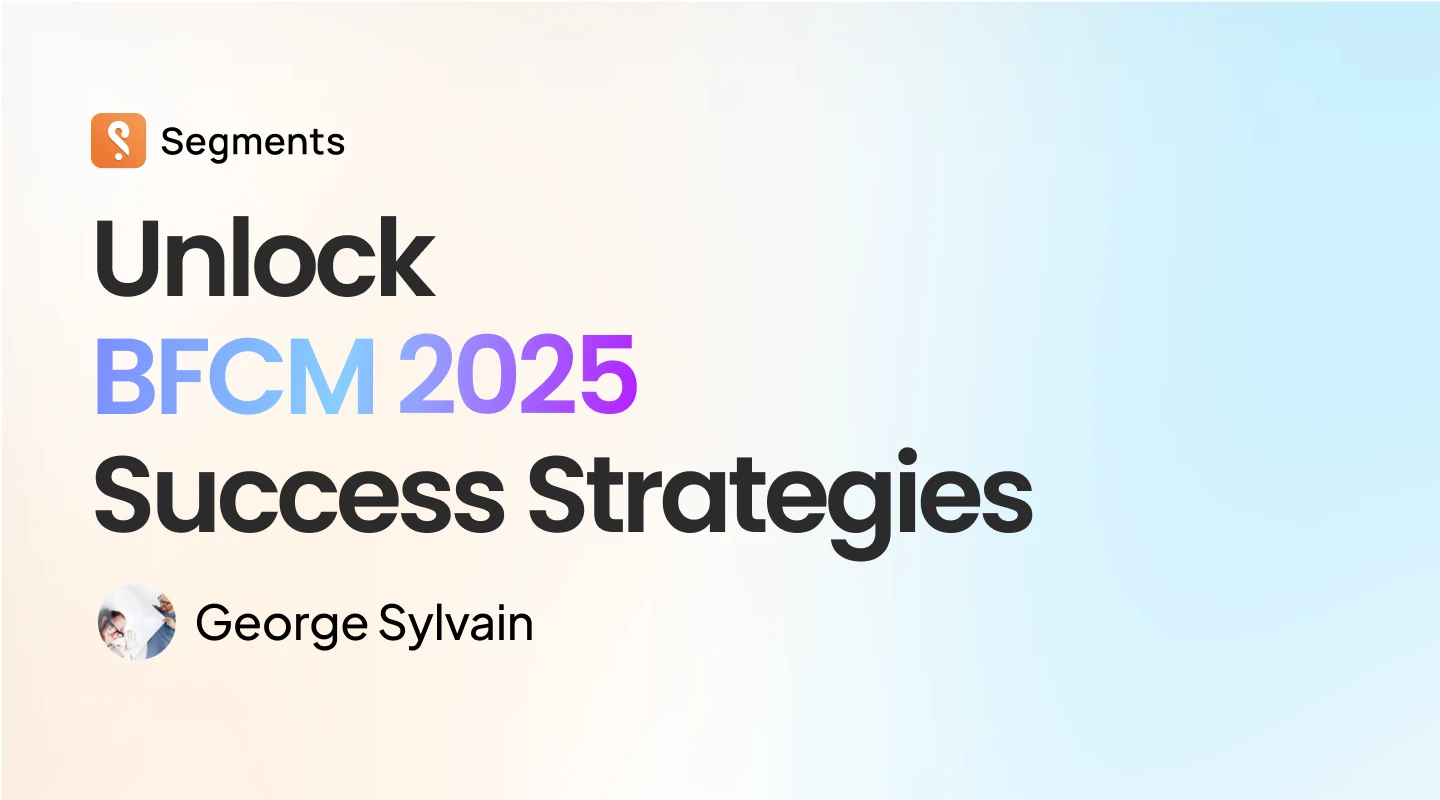
Simple, effective marketing segmentation that improves opens, clicks, and conversions
Traditionally, marketers created segmentation based on demographics👨👩🐈👶. However, most ecommerce brands today prefer applying data science to develop behavioral segmentation based on purchase behaviors. For example, what products are they viewing/buying 🛒? What path(s) did they take to get to your website 📍? (awareness vs. intent). Furthermore, what is their level of engagement🖱️ (usage/opens/clicks/views)?
What’s the benefit of segmentation? While there are many, I’ll list my top three here:
- Focused & personalized marketing
- Lower marketing costs
- Better product development
Grouping customers based on behavior allows contextualized marketing instead of email blasts, which in turn lowers marketing costs. By targeting a focused subset of customers (a segment!) with similar attributes, you will likely get better open rates, higher conversions, and return-on-ad-spend (ROAS). Best of all you can cater future products to your customers’ tastes.
What is RFM
RFM is a data modeling method used to analyze customer value. It stands for recency, frequency, and monetary, which are just three metrics that describe what your customers did. Recency measures the time (usually in days) between when your customer last ordered to today. Frequency measures how many total orders the customers had, and Monetary is the average amount they spent from those orders.

RFM started in the days of direct marketing and remains one of the simplest and most effective tools in retail and ecommerce today. To create RFM, you need to transform your data and assign a score from high to low. Here’s a simple example with three levels (High, medium, low) — sort your customers’ orders in a column, and assign a score of 3 for customers with zero orders, a value of 2 for customers with one order, and 1 for customers with 2 or more orders, or repeat customers. This gives you your frequency metric. Then you repeat this process for recency and monetary. In the end, you will end up with three values, one for each pillar of RFM that describes how valuable each customer is, with one being the best.
Why does RFM matter, why should I care
RFM is essential because it allows you to sort and arrange your customers from best to worst quickly, and it’s highly effective in describing customer behavior. With RFM scores, you can create lots of useful customer segments. We start with MVPs that are your best customers with top scores on all three dimensions. High spending new customers that score high on recency and monetary, but low on frequency because they’ve purchased only just recently. On the opposite spectrum, you have high-value churn customers who haven’t purchased in a while. They will score high on recency and monetary, but low on recency. Lastly, low-value customers who get low scores on all three dimensions, and are unlikely to be worth anything. You can save money on marketing by suppressing these users* AND* improve open and click rates.

Why should you care? We have seen that the top 5% of customers on average spend 10x than everyone else, and represent a third of your total revenue. Top customers tend to have higher average order value, and more likely to become loyal fans of your brand. Loyal fans tend to generate word of mouth and referrals, in term making them more valuable.
In short, you should spend more time on making your top customers happy, and RFM can help you figure out where to focus and what to do.
Why can RFM do for me
If you haven’t already, start utilizing RFM to create customer segmentation for your marketing campaigns and start optimizing. You can:
- Roll out the red carpet for your VIPs.
- Design nurturing campaigns for customers most likely to buy.
- Create personalized offers and reminders for customers who are about to churn.
- Re-target churned High-Value customers to win them back.
 on [Unsplash](https://unsplash.com?utm_source=medium&utm_medium=referral)](https://cdn.prod.website-files.com/62747a2d3bf3fca1c45b852a/6299b55994ea0f22ede70e81_617d072a1b0e087db40544c2_6077b1a2aecccf9513377340_0*rqIVDXKpL3MKobKq.jpeg)
There are many more use cases for RFM. You’ll be able to create more relevant, contextualized campaigns that target different customers differently. Segmentation works to improve opens and clicks, as well as bring in more marketing dollars. If you’re not doing it yet, you absolutely should be. One of our customers found 20% more high-value customers to target during her annual planning thanks to RFM.
Summary
RFM stands for recency, frequency, and monetary, with recency being the most important. Why? That’s because online shopping is a non-contractual commercial act, with people free to come and go as they please. You can only assume a customer is “alive” and interested in you when they’ve told you so with a recent purchase.
Find your RFM. Start sorting your customers from best to worst and build those segments into your marketing activities!
Don’t forget, data is power, and we want to give ecommerce data powers back to the people. Check out our Shopify analytics app Segments and start growing with your data today!








